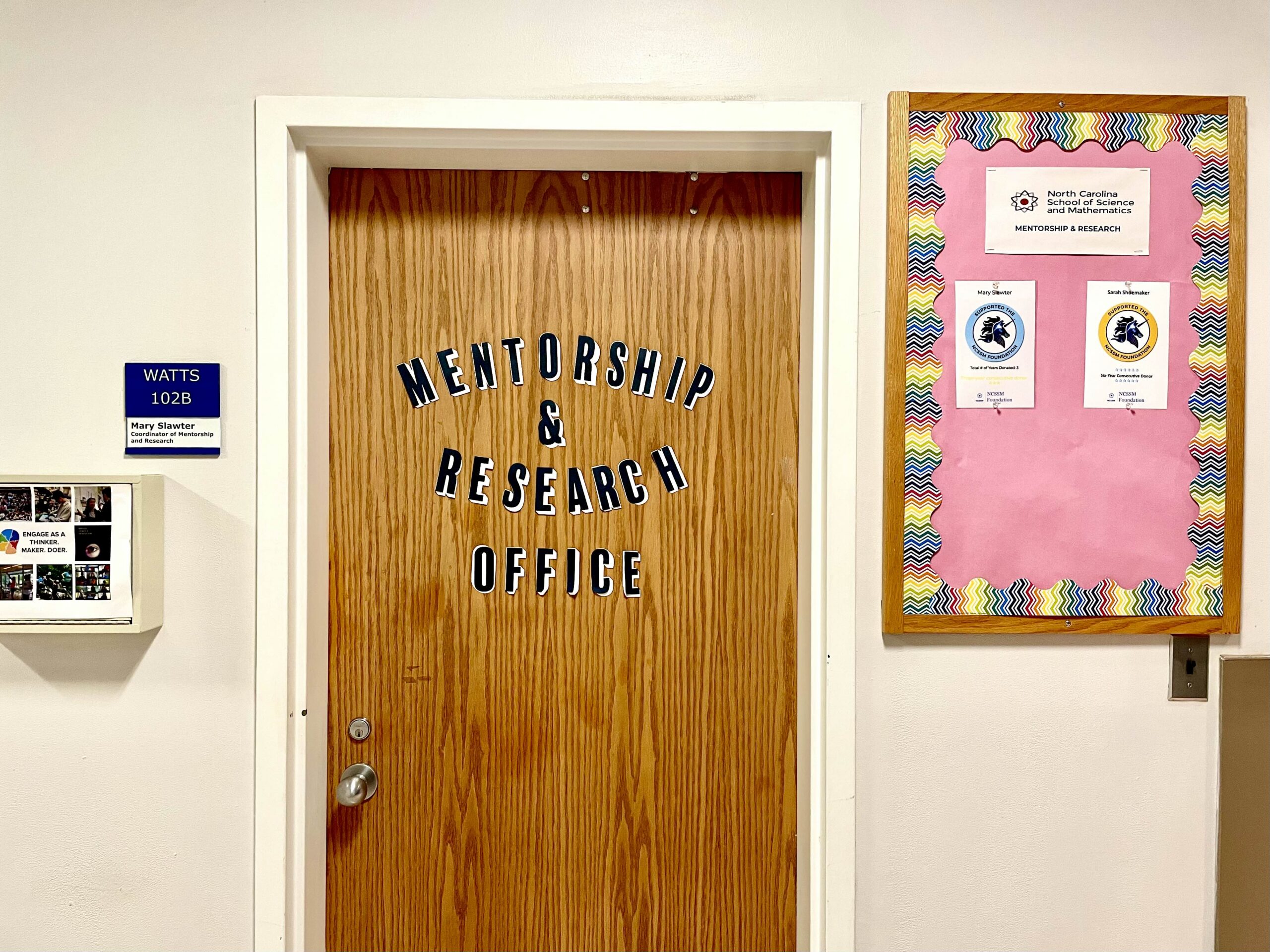
By Teresa Fang, Stentorian Editor-In-Chief
Do you like science? A fiery passion to get in the lab or see what your future career could be?
It might be time for an internship.
High school students, primarily seniors, are expected to do a great deal: college applications, community service, sports, clubs, classes, and now, internships. At the college level, internships can dramatically increase employment potential, as a 2024 report of internship programs by the National Association of Colleges and Employers (NACE) found that 52.7 percent of interns received a job offer (although this conversion rate is less than it was pre-pandemic). At the high school level, internships are still catching on — a 2020 study by the American Student Assistance cites that only two percent of high school students had completed internships.
High school students are looking toward the future with a mix of hope and uncertainty. While the prospect of taking on a high-level internship sounds exciting, it may also be a large investment of time and effort, as well as a source of stress.
The good news is that NCSSM offers their flagship Research and Mentorship programs (including the Summer Research and Innovation Program, or SRIP, directed by Dr. Sarah Shoemaker and the NCSSM Mentorship and Research office), which ⅔ of the student body is involved in, offering semester-long to yearlong opportunities to get ahead of the game. Finding an internship can be complicated, especially when you’re independently seeking out a research opportunity or choosing one in a field you’ve never been in but fits your goals.
Beyond securing an internship position, ensuring that you’ll get the experience you’re hoping for is yet another consideration – it’s hard to know what exactly to expect before you begin.
What types of internship opportunities are available for high school students?
If you have a field you enjoy (regardless of how broad or specific a topic), the first step in your internship journey is deciding what type of internship is right for you. There are two primary options for high school student internships: a research internship where you work with a mentor or a structured academic program.
- Independent Research Internship
In an independently organized internship, you’ll most likely find yourself cold-emailing professors and requesting a position with them. Once you successfully find a mentor, you’ll usually work together to plan out the length of your internships, what your responsibilities and tasks will be, and how they’ll support you throughout your work.
One key pro of an independent internship is the greater freedom and flexibility for more self-designed work, as you’ll play a role in scheduling the internship timeline, coordinating tasks, and communicating what you hope to accomplish through the internship. This gives you a chance to develop individual projects with meaningful results, which makes you eligible to submit to science fairs, competitions, or research journals.
However, the biggest downside is also connected to that strength. If you aren’t already well-versed in the field of research, it can be a struggle to develop and coordinate your tasks and goals.
- Formal Internship Program
With formal internship programs, you will have to apply and be selected to participate in that opportunity, which is typically affiliated with universities and other organizations (private and nonprofit) and has a designated timeline, subject matter, and faculty/mentors. Most importantly, they can be a great way to build academic skills and learn advanced subjects.
Once in, the opportunity to build connections with that school/organization is wide open. Some of these programs are held on-site at the university, meaning you’ll be able to experience college life: living on-campus, working at university labs and classrooms, and interacting with current students and professors. Programs usually have an established reputation and history, so mentors and people you network with may show you a good face. Sometimes, these programs may increase your chances of acceptance or at the very least, consider your attendance as demonstrated interest.
However, while you can sit back and trust the program’s structure after you get in, getting accepted is the hard part. You’ll be in a competitive application pool. These applications often have extensive requirements such as submitting transcripts, writing essays, and obtaining letters of recommendation. Even when you get in, you’ll have limited autonomy over deciding what, how, or when you want to do something.
Tips for finding the right internship program for you
- Draw from past results and experiences. Interested in STEM? Check out past science fair winners and their projects, mentors, or other experts. Read about how they got there, and always be willing to reach out and ask for a chat. Consider which specific fields of study are most engaging to you.
- Be prepared to make multiple attempts. When contacting researchers, remember that they are still working people. They may be overwhelmed with professional emails or other unsolicited emails like yours. If you don’t get a response, it’s not a personal affront; they may not have internship openings open.
- Don’t reach out without doing your research. Research work will always be oriented toward a specialized topic. Just because you have a general interest in a field does not mean your internship will necessarily touch on your specific goals.
- Be open-minded and resilient. It is far more common for labs to accept college students or post-docs, as opening the lab to a high schooler can be a risk. What makes your request special? Why should they trust you and your research knowledge/skills? Do you know what you’re doing? These are the questions you would want to answer in your requests.

Leave a Reply